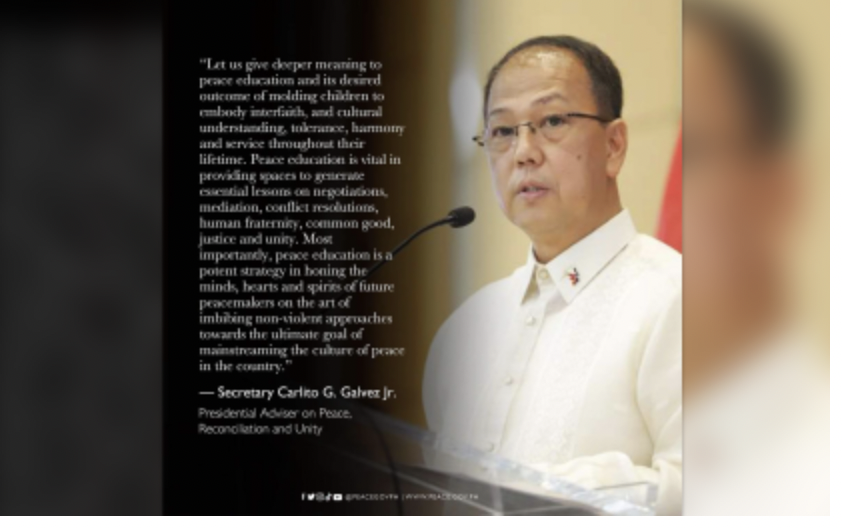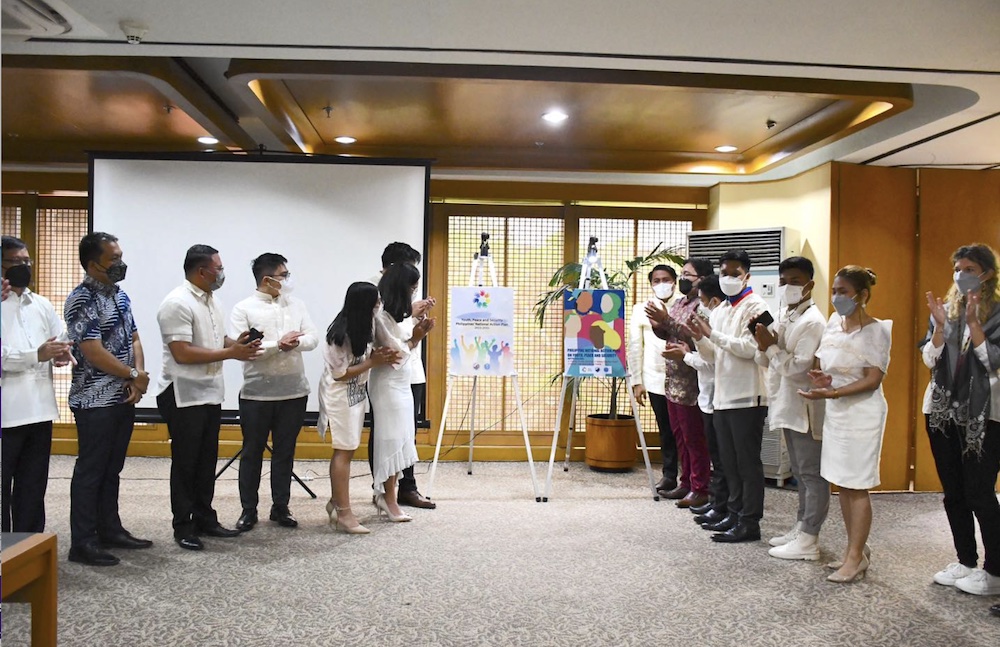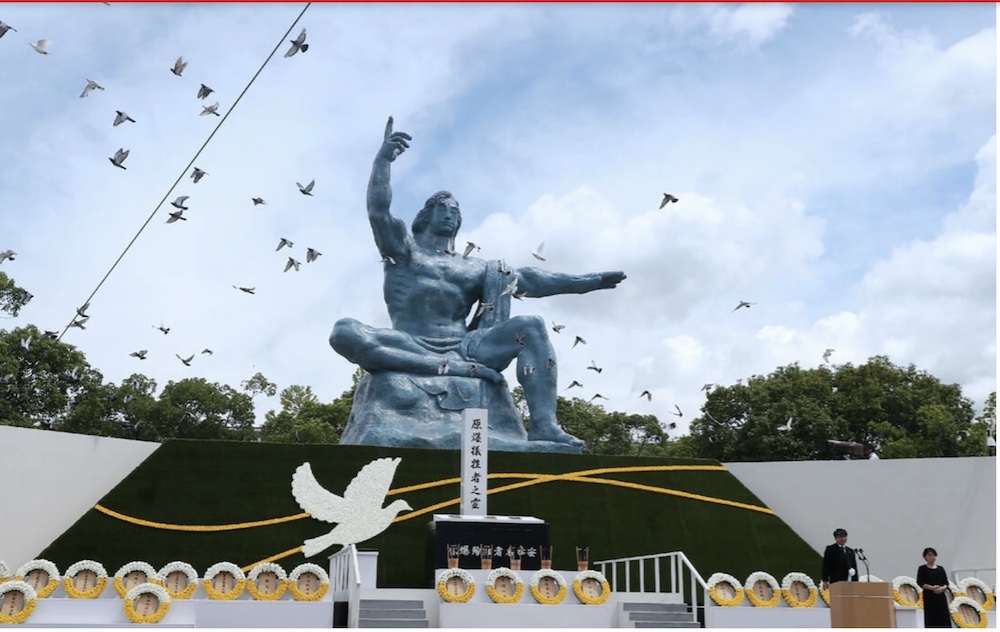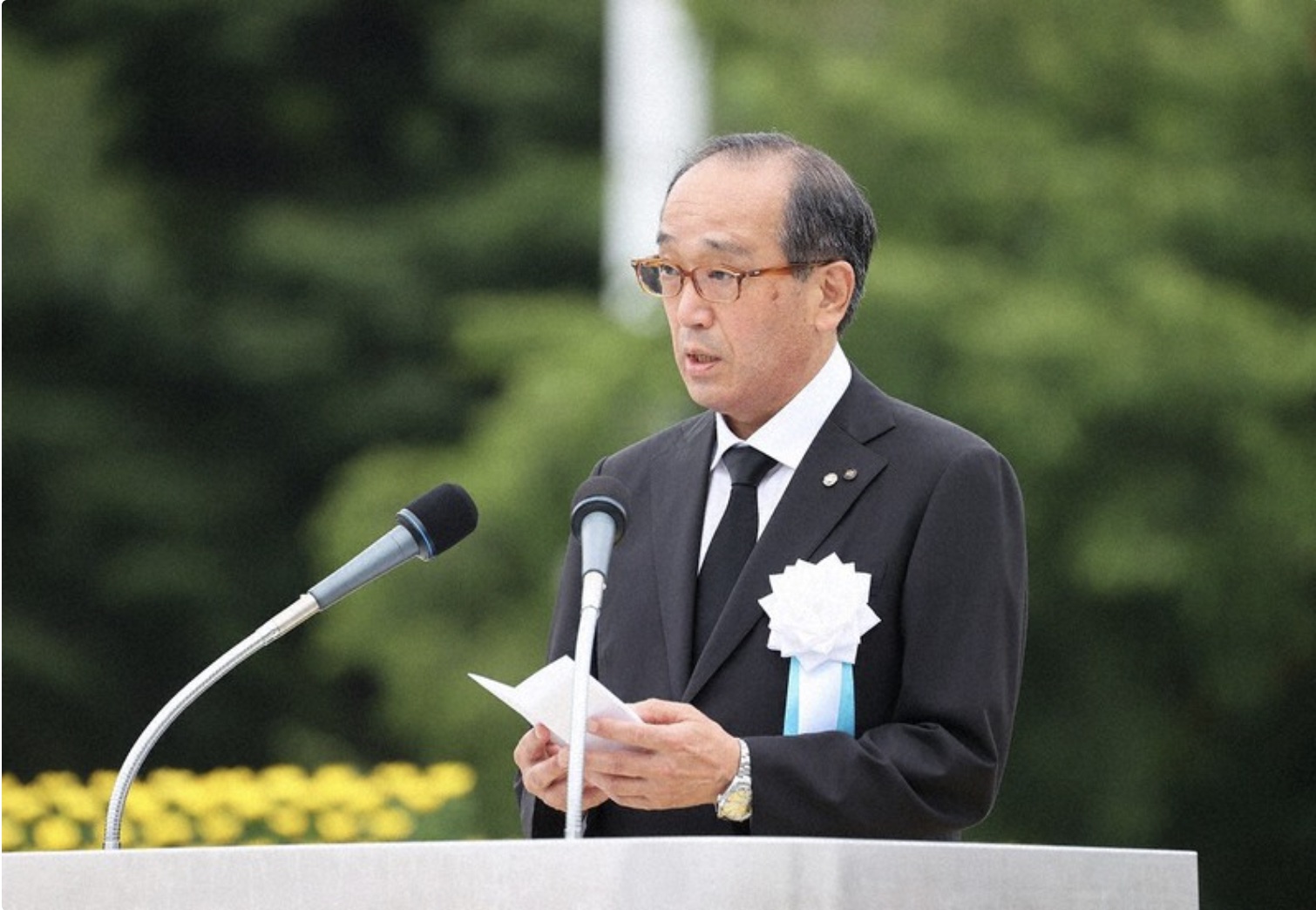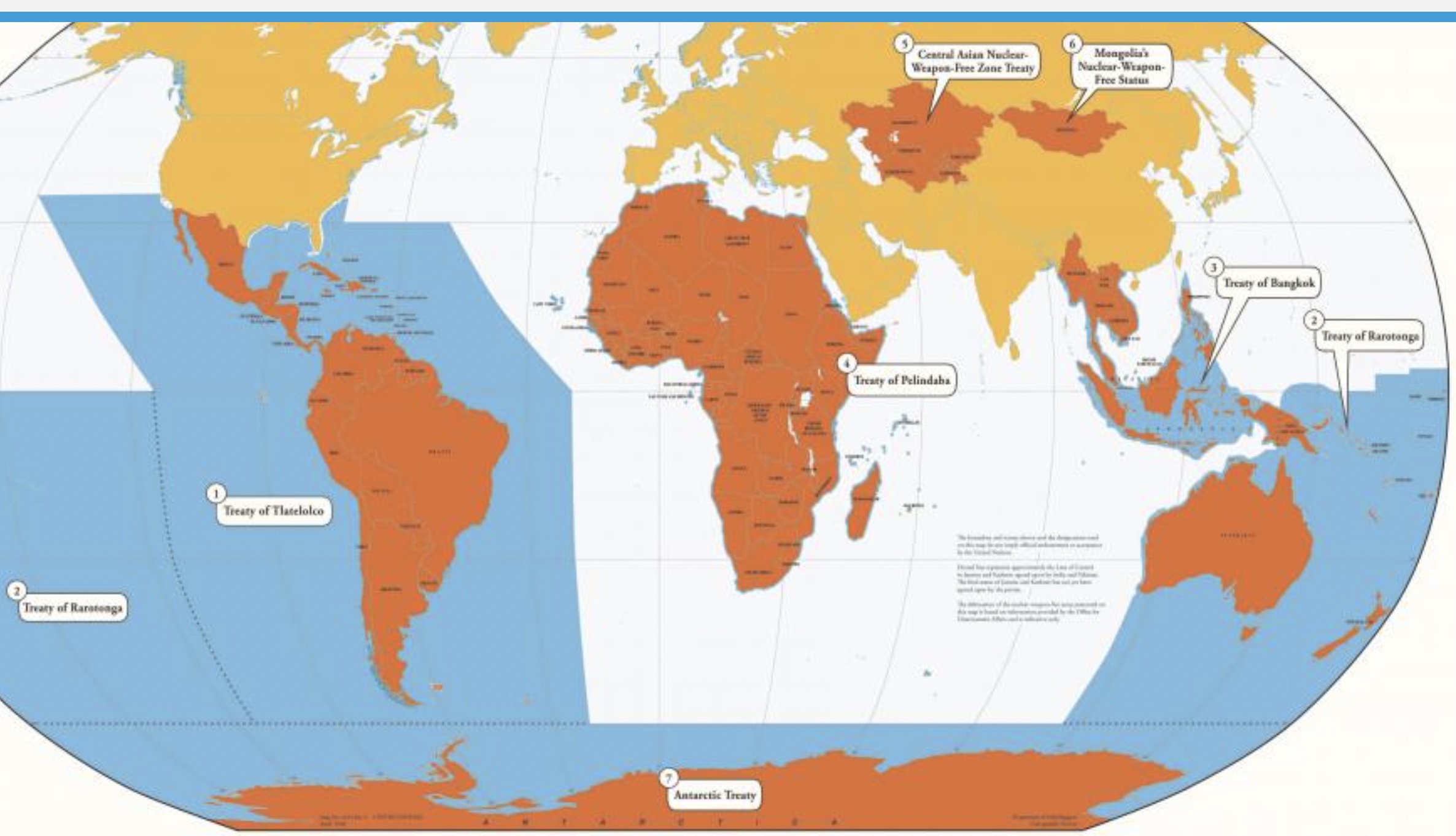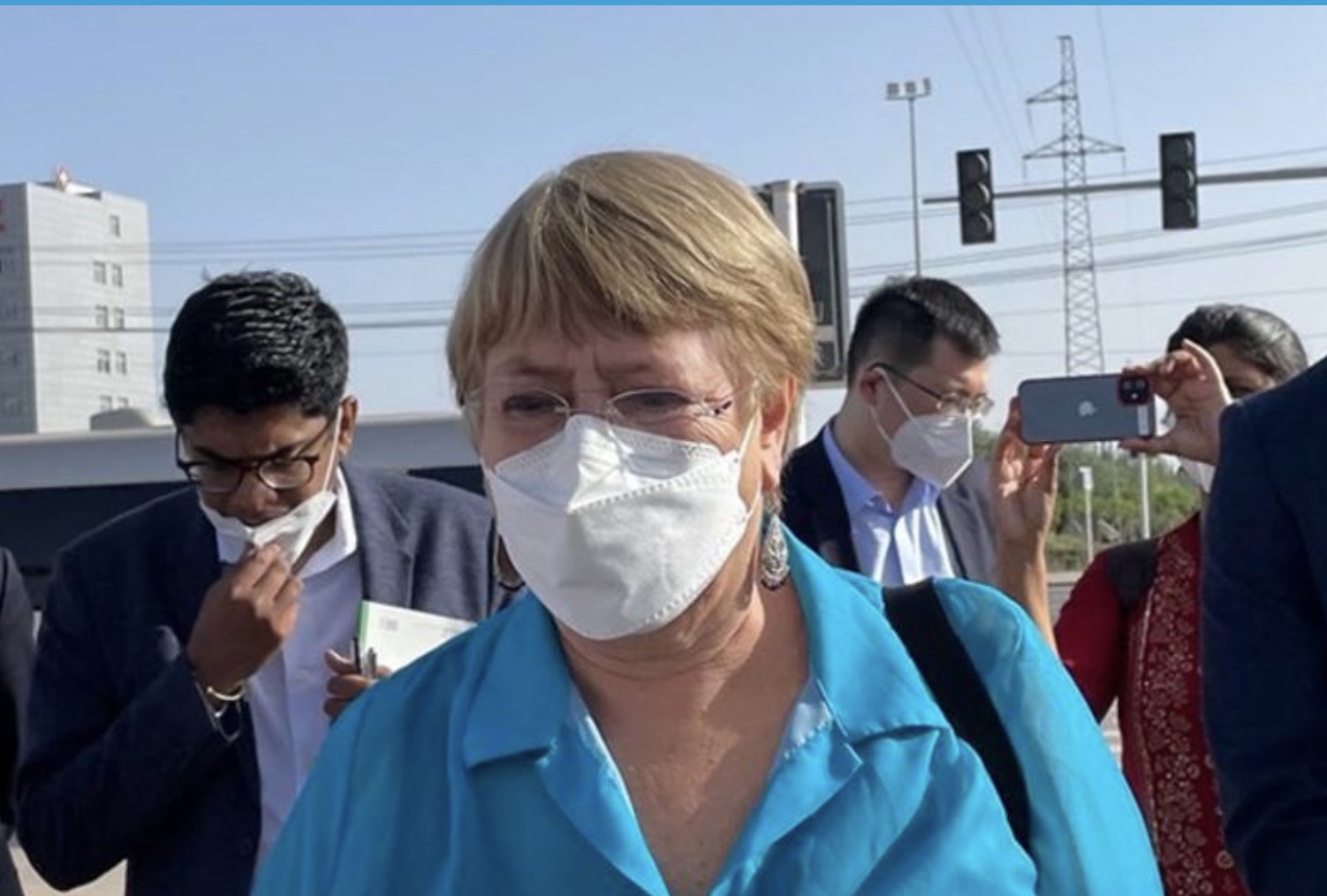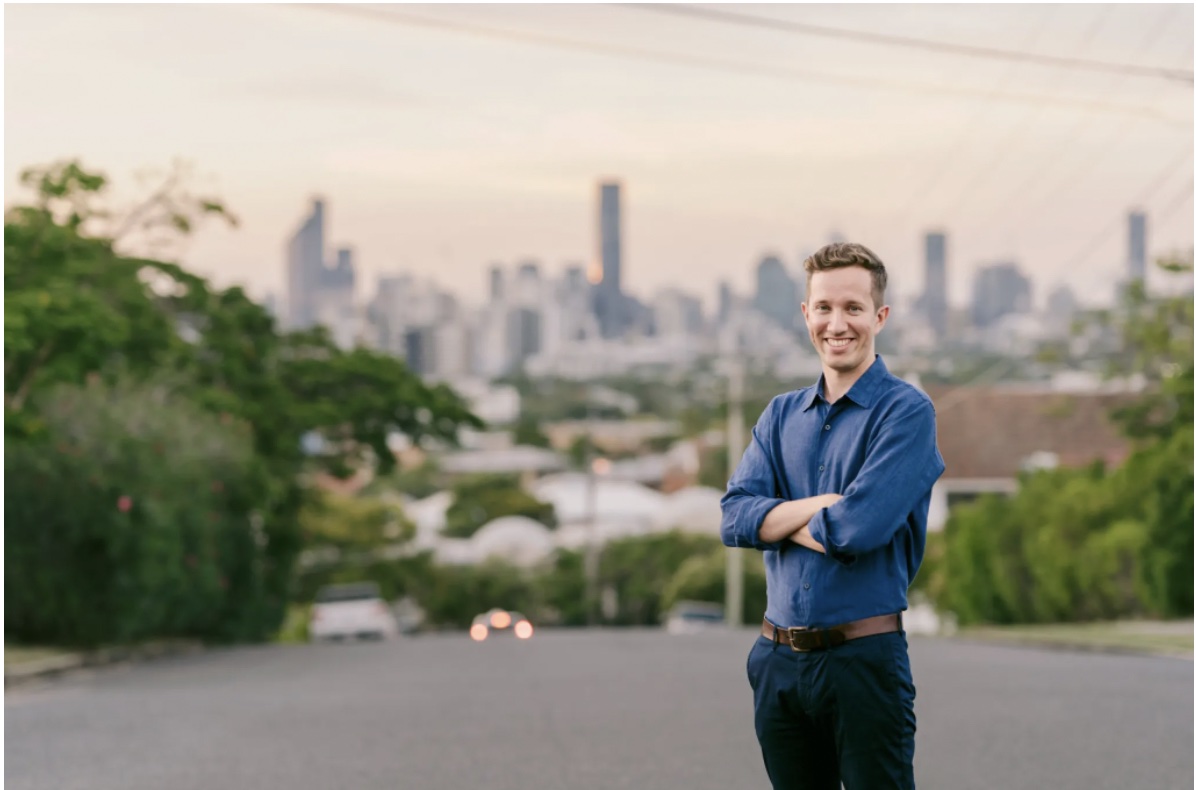FREE FLOW OF INFORMATION .
A survey by CPNN
We have found 64 events in 16 Asian and Pacific countries. They were listed in Google during the weeks of September 17-28 this year under the key words “International day of peace”, “Peace Day”, 国际和平日 (Chinese) and 国際平和デー (Japanese, new this year). The events also include some listed on the facebook page for the International Cities of Peace. No doubt there were also events listed on the Internet in languages other than those for which we searched.
In addition to these, there are about 125 events listed on the maps of One Day One Choir and Montessori schools singing for peace, but, with the exception of six Montessori schools listed here that sang for the first time this year, there is no indication which took place this year and which took place only in previous years.
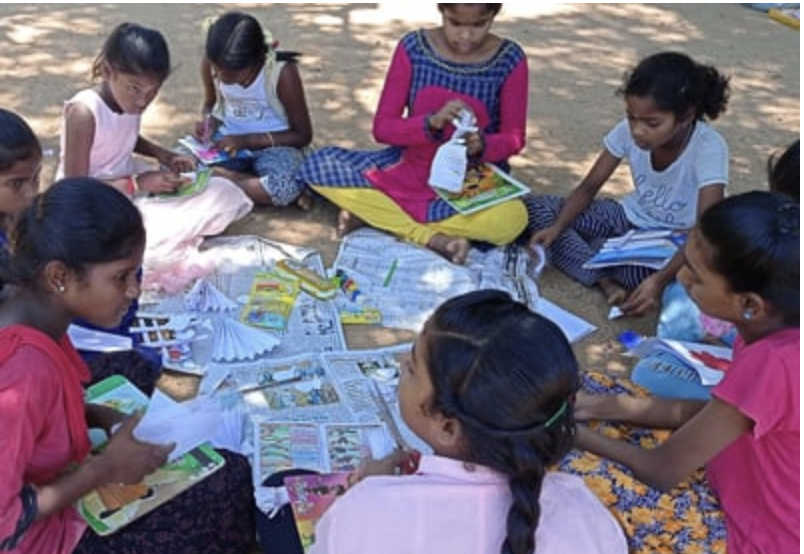
India, Tamil Ndu, SARVAM villages
AFGHANISTAN
British actor Jude Law said Thursday in Kabul that he took part in the filming of a documentary in Afghanistan to promote the United Nations International Day of Peace, September 21. “Afghanistan is the central subject of the second documentary” that Peace One Day is currently filming. Jude Law spoke with reporters alongside Peace One Day founder, British director Jeremy Gilley, at the UN mission in Kabul. The film crew notably visited schools in Jalalabad, in eastern Afghanistan, “to see how this day for peace could save lives”, said the actor, whose stay in Afghanistan took place in the greatest secrecy for security reasons.Mr. Gilley pointed out that the first screening of this film would probably take place in Kabul “in the spring of next year”. “We want to bring this film back to where it was made,” he said, pointing out that this documentary would also be shown in some fifty countries and at festivals.
AUSTRALIA, ASCOT VALE
Centre of Melbourne Multifaith and Others Network (COMMON) invites you to International Peace Day 2022 Family Event. Feature performance by Kate Ceberano. Special guests: MUMUS Medchoir A delicious lunch will be served followed by a program with entertainment, round table discussions and presentations. The event is supported by the State Government Victoria, WIN (Women’s Interfaith Network) Foundation, Somali Community Inc and Youth for Human Rights Australia, Victoria Chapter.
AUSTRALIA, AUCHENFLOWER, QUEENSLAND
Montessori Children’s House joined Montessori schools all over the world to sing for peace on the International Day of Peace to light a candle for peace, for love, for life!
AUSTRALIA, BRAHMA KUMARIS
Brahma Kumaris online vigil for peace. This half hour peace-filled event, including messages of hope and a gentle guided meditation, will celebrate and reinforce compassion, resilience, courage and hope within each one of us, within the community – and for our world.
AUSTRALIA, BRISBANE
International Day of Peace Brisbane Peace Lecture by Megan Davis. This free event will take place at St. John’s Cathedral on September 21. Professor Megan Davis is an Aboriginal Austgralian activist and international human rights lawyer. Her talk will focus on the Uluru Statement from the Heart.
AUSTRALIA, CANBERRA
Rotary Club Canberra Burley Griffen sponsors the International Day of Peace Ceremony 21 September 2022, at the Canberra Peace Bell.
AUSTRALIA, DARWIN
On 21st of September is celebrated as the United Nations International Day of Peace. This year Consul Gulfan Afero attended the event organized by the United Nations Association of Australia – the Northern Territory Division (UNAA-NT) at the Darwin Memorial Uniting Church. The representatives from the Islamic, Christian, and Buddhist communities in Darwin as well as the representative from the Indigenous community shared their views about peace and harmony.
AUSTRALIA, MARYBOROUGH
Maryborough Rotary Peace Pole Dedication: On the International Day of Peace, celebrate the dedication of a unique Peace Pole, conceived to celebrate our past, our present, and our future as we move forward together. A Peace Pole is a hand-crafted monument that displays the message ‘May Peace Prevail on Earth’ on each of its sides, usually in different languages.
AUSTRALIA, MELBOURNE
UN Peace Day Rally to protect peacemakers like Wikileaks publisher Julian Assange. State Library NAARM, 18 September, sponsored by PEN Melbourne, Writers for Peace.
AUSTRALIA, SHEPPARTON
Audio program about event, picnic for peace
AUSTRALIA, TOOWOOMBA
The Peace Day event is to celebrate United Nations International Day of Peace. This event is supported by organisations that contribute to our regions stability, peace and harmony. It is supported by United Nations Association of Australia – Queensland Branch and Toowoomba Regional Council. It has a purpose to unite our diverse community and inspire individuals to contribute to peace and harmony through making connections and raising awareness of community initiatives. On the day there will be food, entertainment, inspirational speakers and organisations that participants can meet.
BANGLADESH, DHAKA
To establish united peace, JMI Group has celebrated International Day of Peace-2022, declared by the United Nations with due dignity like every year keeping in mind the motto of this year, “End Racism, Build Peace”. On Wednesday morning, in a discussion meeting organized at the ‘Abdus Salam’ auditorium of the National Press Club, speakers highlighted the importance of observing World Peace Day with the aim of creating public opinion to achieve happiness and peace for humanity regardless of caste, religion and color, said a press release.
BANGLADESH, NOAKHALI
ORGANIZATION: Participatory Research & Action Network- PRAAN – FOCUS: Intl Peace Day – ACTION DETAILS: Organizing in solidarity with CNV Sept 21st (Wed) Int’l Day of Peace
BANGLADESH, NORTH SOUTH UNIVERSITY
The Center for Peace Studies of South Asian Institute of Policy and Governance of North South University has celebrated International Day of Peace by holding a peace peocession, releasing pigeons and planting tree at the NSU recently, said a press release.
CAMBODIA, STATEMENT OF PRIME MINISTER
Prime Minister Hun Sen says Cambodia has been actively engaging with all countries within both regional and international diplomacy frameworks to promote peace, stability and prosperity. In a public address marking the International Day of Peace on September 21, he said that as the chair of ASEAN this year, Cambodia has been steering the bloc through numerous unprecedented challenges, in line with the theme “ASEAN ACT: Addressing Challenges Together”.
CHINA, BEIJING
On September 21, on the occasion of the 41st anniversary of the International Day of Peace, the Chinese People’s Association for Peace and Disarmament (and the Disarmament Council) held a conference entitled “Practicing the Global Security Initiative and Maintaining World Peace and Stability” commemoration of the International Day of Peace. Chinese Vice President Wang Qishan, Vice Chairman of the National Committee of the Chinese People’s Political Consultative Conference and President of the Chinese People’s Association for Peace and Disarmament Ma Biao, and representatives of 244 political organizations, peace organizations and security advisory organizations from around the world attended the commemorative event.
CHINA, CANADIAN INTERNATIONAL SCHOOL OF HEFEI
On Wednesday, September 21st, the CISH community observed the International Day of Peace. This is an international day of observance recognized by the United Nations and intended to be a moment for calm reflection on the importance of peace in local and global communities. Students and staff at CISH wrote positive messages about peace focused around this year’s theme of “End Racism – Build Peace”.
CHINA, STATEMENT OF PRESIDENT
On September 21, the commemoration of the 2022 International Day of Peace was held in Beijing. General Secretary of the CPC Central Committee and President Xi Jinping sent a congratulatory letter to the commemorative event. Xi Jinping pointed out that at present, the international security situation is undergoing profound and complex changes, and the world has entered a new period of turbulence and change. At this important historical juncture, I put forward a global security initiative, advocating that all countries adhere to a common, comprehensive, cooperative and sustainable security concept, respect the sovereignty and territorial integrity of each country, abide by the purposes and principles of the UN Charter, pay attention to the reasonable security concerns of all countries, and conduct dialogue and consultation. Settle differences and disputes between countries, share responsibility for maintaining peace, follow the path of peaceful development, and work together to build a community with a shared future for mankind.
INDIA, AGARTALA
Photo: Kids from a pre-school hold paper pigeons to mark the International Day of Peace in Agartala, capital city of India’s northeastern state of Tripura.
INDIA, ASSAM
The NSS PG Unit of Dibrugarh University celebrated the International Day of Peace on 21st September 2022 at Bishnurabha hall. A talk on the role of volunteers in making a peaceful society was delivered by Dr. Kaustubh Kumar Deka, Assistant Professor, Department of Political Science, Dibrugarh University. Around 150 volunteers and students participated in the celebration.
INDIA, BANGALORE
Rotary Club of Bangalore will observe World Peace Day on September 21, at Rotary House of Friendship, Lavelle Road. . . . The evening programme will have sessions by Nobel Peace laureate Mahithi Bharatesh, who works with the United Nations World Food Programme, and N Parthsarathi, who has served with the Indian Foreign Service for more than three decades. Artists G Subra and Shirley Mathew will paint their idea of peace, and fusion band Akhandha will perform.
INDIA, BHOPAL
Fifteen students of Bachelor of Physical Education and Sports (BPES) course visited hospitals, schools-colleges, social institutions, government offices, religious places and public places on cycle and informed people about the importance of World Peace Day.
INDIA, BHUBANESWAR
International Day of Peace was celebrated at Blossoms school here yesterday. To mark the day, several activities were planned in the school. The new look to the ‘Peace Wall’, the open discussion on respecting and accepting others’ opinions, the peace-based crafts and the paintings of the peace symbols were just few such activities taken up by the students. Some cultural programs were also performed by the junior wing.
INDIA, GANDHI NAGAR
Jammu and Kashmir Bharat Scouts and Guides celebrated ‘International Peace Day’ by holding a programme at SHQ, Gandhi Nagar, here today. ID Soni, former State Commissioner (S) J&K Bharat Scouts and Guides was the chief guest, while Atual Kumar, Joint Director Youth Services and Sports Jammu was the special guest on the occasion. All the dignitaries took active part and gave their views on the Day under the theme “End Racism and Build Peace” in a very impressive and touching manner
INDIA, GOA
The theme for International day of peace was “End Racism Build Peace”. Vidya Vikas Academy celebrated this occasion by conducting a special assembly. A skit on peace was performed by the students which enlightened us on the importance of peace. Students also performed two songs highlighting the theme and stressed on peace being the need of the hour. There was a short quiz conducted for the audience on this theme. The objective of this assembly was to enlighten the students about the importance of peace, to heal the world and make it a better place.
INDIA, JAMMU
NSS GGM Science College celebrated International Day of Peace on September 21. . . . . NSS volunteers made a Peace wall pasting posters and slogans. They carried out signature campaign. The theme focuses on promoting harmony among the various communities living. The theme encourages embracing diversity with peace and acceptance. International Day of Peace promotes inclusiveness, trust, and cooperation to bring peace and harmony among societies. The co-existence of the individuals is the main aim behind the celebration of International Day of Peace. The day also recognizes all the efforts to have been working and have worked towards building a culture of peace.
INDIA, CHÜMOUKEDIMA, NAGALAND
The Department of Political Science, St Joseph University (SJU), Chümoukedima observed the United Nations’ International Day of Peace, 2022 themed ‘End Racism, Build Peace’ on September 21. The occasion was marked with a talk by Dr Kethoser Aniu Kevuchusa, Freelance Speaker and Academic on the topic, ‘Peace in the context of Naga Political Conflict’, the university stated in a press release. . . . . Results of class-based competitions on flag designing and sketch/painting held the day prior, were also declared and winners felicitated.
INDIA, NAGPUR
On 21st September, 2022, the UN International Day of Peace, India Peace Centre hosted its signature annual event, the IPC Bicycle Rally For Peace. The Bicycle Rally for Peace is a brainchild of Dr. Rawal, and has been held every year since 2013. After a break of two years, due to Covid, this year the Rally was conceived on a much bigger scale. Online Registrations were opened 10 days in advance to facilitate easy registrations. The people of Nagpur gave a tremendous response to the rally, and registrations were closed after crossing 1050 registrations!
INDIA, NEW DELHI, ARDEE SCHOOL
FOCUS: Intl Peace Day – ACTION DETAILS: Creating awareness by organising a march.
INDIA, NEW DELHI, SRRO
A National Seminar organized by Social Reforms & Research Organization on the occasion of Vishwa Shanti Diwas (World Peace Day) in series of Vishwa Dharm Samvad. Subject: INDIA’S GROWING ROLE IN WORLD PEACE OPPORTUNITIES AND CHALLENGES
INDIA, NEW DELHI, SAARC
.
Under the leadership of Rachna Sharma, Founder – Phuro Innovations, and Co-Chair – Harvard Alumni Entrepreneurs India – an evening with an event titled “Political Peace Dialogue – SAARC” will be organized on 21 September 2022, 0500 PM onwards for supporting World Peace Day at Kiran Nadar Museum of Art, Saket, New Delhi.
(Survey continued in right column)
Question for this article
What has happened this year (2022) for the International Day of Peace?
(Survey continued from left column)
INDIA, NONEY
On the occasion of International Day of Peace, Noney Battalion of Assam Rifles (East) organised an awareness programme on Wednesday at T Khonom village as a part of its continuous efforts to promote peace, harmony and stability in the area.
. . .
The event was attended by village authorities, villagers, youth organisations of T Khonom village and neighbouring village of Pholjang and school children of Thanglongbung UJB School, T Khonom.
. .
Troops of Kotlen Company, also organised a painting competition for children of all age groups under the theme of International Peace Day to inculcate essence of peace and its importance in human life in young minds, through means of colours and creative imagination.
INDIA, PUNE
World Peace Day was celebrated at Victorious Kidss Educares (VKE) on September 21, to cultivate attributes of global citizenship in the students. Following the theme, the students participated in Peace Match’, a sports venture for a cause, ‘Peace Tree’, an activity curating an installation with artistic responses of students with ideas of peace, ‘Peace Yoga’, observed through students doing Surya Namaskara and ‘Peace Symbol’ curated by the grade 8 students where they created a human chain to form Peace Symbol. ‘Peace Card’ initiative was observed by all students of the Programme to craft an individual artistic response for Peace. Besides, ‘Peace Mob’ was choreographed and performed by the dance students to shout out the idea of Peace.
INDIA, RAJASTHAN
ORGANIZATION: Rajputana Society of Natural History – FOCUS: Intl Peace Day – ACTION DETAILS: Organizing in solidarity with CNV Action Days: Sept 21st, Int’l Day of Peace
INDIA, TAMIL NADU, SARVAM VILLAGES
SARVAM organised an awareness programme for the students and women of the villages under its purview. The main objective of this programme was to help the students and women understand that they have a significant role in creating peace in their families and society. The participants were delighted to attend this session, which gave them much motivation and new thoughts on peace.
JAPAN, HIROSHIMA
On September 21, the International Day of Peace designated by the United Nations, citizens who supported the aims of a ceasefire and non-violence held a commemorative event at Peace Memorial Park in Naka Ward , Hiroshima . . . At the commemorative event, flowers were laid at the Cenotaph for the Atomic Bomb Victims, and there was silence to the sound of the peace bell in the park. About 15 people, including representatives of hibakusha groups and high school students, prayed for world peace.
JAPAN, HIROSHIMA CONCERT
STU48 held a performance in Hiroshima city on September 21, which was designated as “International Peace Day” by the United Nations, and performed the message song “Who is the flower?” . . . ”Who is the flower?” is a message song that was released on April 13th and contains the thoughts of peace. The long hit on cable broadcasting and the performance of the same song on numerous music programs have further increased attention.
JAPAN, ITAMI CITY
On September 21st, the Peace Memorial Day designated by the United Nations, a peace concert will be held at the Carillon, a symbol of peace in Itami City, 2:00pm-2:30pm Player: Kazuyo Nakamura (Representative of Japan Carillon Association) Organizer: Japan Carillon Association Co-organizer: Itami City
JAPAN, KOBO-JI TEMPLE, MINATO-KU
On September 21st (Wednesday), which is “International Peace Day”, Kobo-ji Temple will hold an “International Peace Day Special Goma Prayer Service”
from 16:00 in the main hall on the 3rd floor to pray for world peace. Anyone can participate. We invite you all to join us.
JAPAN, MIYAGAKU
Miyazaki Gakuen Senior High School. September 21st is International Peace Day.
In the library, related books are introduced and an exhibition using paper cranes is held. The theme for 2022 is “Eliminating racism and building peace”. Cranes with prayers for peace were made by 3rd grade students.
JAPAN, NAGASAKI
On September 21, the United Nations’ International Peace Day, members of the Prefectural Atomic Bomb Survivor’s Handbook Tomo no Kai rang the Nagasaki Bell at the Peace Park in Matsuyama, Nagasaki, wishing for world peace.
JAPAN, NIGATA CITY
September 21st is the United Nations International Day of Peace. At a shrine in Niigata City, calligraphers and high school students put their wishes for world peace into their brushes. The calligraphers Shimoda brother and sister and the calligraphy club of Niigata Daiichi High School wrote the calligraphy at Niigata Agata Gokoku Shrine in Chuo Ward, Niigata City. What the Shimoda brothers and sisters wrote is the word “hope”. [Calligrapher Ayasu Shimoda] “I think that we can do it by swinging the brush instead of the sword. I wrote it with my thoughts.” The words “love” and “peace” were strongly written on colored paper. [Niigata Daiichi High School Calligraphy Club Manager Yuki Matsudaira] “While thinking about peace, I wrote to bring happiness to people.” This event was held all over the country.
JAPAN, TOKYO
On the 21st of the International Peace Day (commonly known as Peace Day), which the United Nations has set as “a day without conflicts and wars”, an outdoor festival with free admission “Peace Day 2022 @ Yoyogi Park” will be held at Yoyogi Park in Shibuya Ward. ” will be held. The organizer is “Peace Day, a general incorporated foundation.” Starting at 4:00 pm, entrepreneurs, athletes, and artists will take the stage to talk about their thoughts on peace. AI, who is known for hit songs such as “Story” and “Happiness,” MINMI, who is also known as the “reggae diva,” and singer-songwriter Yae, will perform live.
JAPAN, URAYASU
September 21st is International Day of Peace, designated by the United Nations as a day for global ceasefire and non-violence. . . . Since 2020, the city has been holding a commemorative event to ring the bell at target facilities in the city, hoping for permanent peace in the world.Citizens, too, should think about world peace on this day and discuss happiness and peace in everyday life with family and friends.
JAPAN, YOKOHAMA
At the Yokohama store of haishop cafe in Minato Mirai, from September 8th (Thursday) to 21st (Wednesday), 2022, with the theme of international peace a special project “Peaceday event” will be held. This project is planned for International Peace Day (Peace Day) on September 21 (Wednesday). We will sell “San Marino Wine” produced in the country of San Marino. In addition, during the period, we will hold a screening of the documentary “the day after peace” as part of our social film festival.
MALAYSIA, PUCHONG
NurUL Quran Montessori House joined Montessori schools all over the world to sing for peace on the International Day of Peace to light a candle for peace, for love, for life!
NEPAL, KATMANDOU
Nepal has marked the International Day of Peace since 2002 by organizing several activities. On the occasion today, various organizations, including Human Rights and Peace Society (HURPES) and The Story Kitchen (TSK) are hosting programs to assert global peace.
NEW ZEALAND, AUKLAND
Video: Lajna New Zealand hold their 11th Peace Symposium
NEW ZEALAND, AUKLAND
Kohimarama Montessori Pre School joined Montessori schools all over the world to sing for peace on the International Day of Peace to light a candle for peace, for love, for life!
NEW ZEALAND, HAWKE’S BAY
ORGANIZATION: World Beyond War Aotearoa- New Zealand – FOCUS: Intl Peace Day, Ending Wars & Nukes, Teach Ins – ACTION DETAILS: Organizing in solidarity with CNV Action Days: Sept 21st (Wed) Int’l Day of Peace.
NEW ZEALAND, PALMERSTON NORTH, AWAPUNI
Montessori Educare joined Montessori schools all over the world to sing for peace on the International Day of Peace to light a candle for peace, for love, for life!
NEW ZEALAND, WHANGANUI
The 20th anniversary of the Handspan Peace Sculpture and the International Day of Peace celebration is gathering community momentum ahead of the event on September 21. In rededicating the original idea of having tiles with hand casts from local and broader communities on Handspan, it symbolises collective efforts in creating a culture of peace.
PAKISTAN, ISLAMABAD
Political and rights activist Jalila Haider on Friday won the first-ever ‘Pakistan Peace Award’ for her work and contribution to bring tolerance and sustainable peace in the country., The Peace Award was given to Ms Jalila here at the “Pakistan Peace Festival” organized by Pak Institute for Peace Studies (PIPS) at Pakistan National Council of Arts (PNCA). . . . The lawmakers, academicians, former diplomats, retired army officers, journalists, rights activists, and representatives of civil society participated in the event besides others. The other key events at the festival included “art exhibition, live theatre, music concert, poster competition and cultural dance performance.” . . . Director PIPS Muhammad Amir Rana in his earlier remarks said that violence was the biggest challenge Pakistan was facing today and the purpose of the launch of document of “Charter of Peace” was to make efforts to counter violent behaviours prevalent in the society and promote peace and tolerance. “We aim to keep this award an annual activity to be announced each year around International Peace Day (21 Sep),” he said while talking about the Peace Award.
PAKISTAN, KARACHI
International Peace Day was celebrated at MiTE (Millennium Institute of Technology and Entrepreneurship) today where students shared their thoughts about Peace and how they can inculcate it across the nation. Free brownies were distributed among the students as a symbol of peace, sharing, love and joy
PAKISTAN, RAWALPINDI
As many as 54 paintings and posters by the youth were put on display at the Punjab Arts Council Rawalpindi to commemorate the United Nations International Day for Peace on Wednesday. The exhibits are an outcome of the art competition organized by the Devcom-Pakistan (Development Communications Network) to mark another significant day of the UN. Islamabad Crescent Lion Club supported the event.
PHILIPPINES, ALABEL, SARANGANI
Various peace advocates and peace partners of the provincial government of Sarangani participated in the peace covenant signing on September 21 at the Capitol gym. Signing of the Peace Covenant with the stakeholders from all over the seven municipalities of Sarangani was in line with the celebration of the International Day of Peace every 21st of September, as declared by the United Nations.
PHILIPPINES, TUGUEGARAO CITY
September 21, 2022 – St. Paul University Philippines (SPUP), in cooperation with the World Council for Curriculum and Instruction (WCCI), celebrated the International Day of Peace. . . . Organized by the Paulinian Student Government (PSG) and the Center for External Relations, Alumni, and Advocacies, SPC Sisters, Administrators, Faculty members, staff and personnel, students, and parents gathered together to celebrate the event. The main program began with a “WALK for PEACE” led by student-leaders of the different organizations in the University. They held placards of Bible quotations on peace and care for creation aimed at instilling collective consciousness to work for building peace and stewardship as a personal and an institutional commitment. This was followed by an Ecumenical Liturgy consisted of the symbolic offering, intercessory prayers, and the prayer for peace. The prayer gathering emphasized the call to peace and care for creation as a communal act and a responsibility. The activity culminated by a pledge of commitment through the “THREAD of PEACE” and the community singing of “Let There Be Peace” by all the participants.
PHILIPPINES, VALENZUELA
Memo from the Boy Scouts of the Philippines. We are pleased to inform you that there will be a celebration of the International Day of Peace on September 24,2022 at the Bonifacio Shrine, Heroes Park; Ermita, Manila.
SOUTH KOREA, REFUGEE TRAIL
On a beautiful Sunday morning, 18 Sept 2022, refugees who live in South Korea and local peace activists set foot on a peace trail celebrating the International Day of Peace 2022. The event was organized by Active Refugee Korea (ARK), supported by UNHCR local office. Interestingly, the trail started with a guided tour at the War Memorial Hall of Korea Museum, which is located in Yongsan District, Seoul, “visiting with a critical eye”. “For refugees who fled persecution, violence and war-torn homes hoping to find security, a longing for peace would be profound. Nevertheless, the notion of peace will vary depending on the concrete realities we face in our lives, communities, and nations”. This was an urgent calling for peace on the organizers’ side who actively challenged militarism, distorted narratives of wars, and perpetrators justifying increasing military capacity.
SOUTH KOREA, SEOUL
Montessori DAMI joined Montessori schools all over the world to sing for peace on the International Day of Peace to light a candle for peace, for love, for life!
SRI LANKA, UNIVERSITY OF KELANIYA
An event to celebrate the International Day of Peace was held at 11a.m. at the K2 002 hall of the University of Kelaniya on the 21st of September 2022. The Department of Philosophy of the University of Kelaniya celebrated this day with the slogan “End Racism, Build Peace” with the aim of promoting peace among communities and individuals as it directs to embrace diversity and support one another to the fullest extent possible.
THAILAND, BANGKOK, INTERNATIONAL SCHOOL
Due to COVID restrictions still in place for our student assemblies, ISB’s International Day of Peace event, originally scheduled for September 21st, 2022, has been moved to March 21st, 2023. In unity with Peace Day events held around the world, ISB will observe a moment of silence at 9:15am on September 21st to remember those who have suffered because of racism, and given their lives fighting against racism.
THAILAND, BANGKOK, PATANA SCHOOL
At the Bangkok Patana School, World Peace Day was celebrated today across campus in both Primary and Secondary schools, with non-uniform day donations going toward the various school community charity clubs. Dressed in purple and blue, students participated in activities that emphasised world peace. Primary students handcrafted paper cranes, which will be sent to the Hiroshima Peace Memorial Museum to be integrated into the Children’s Peace Monument at Peace Memorial Park. In Secondary school, the well-being Hub hosted a movie day, karaoke was on in the Lounge and students were asked to share what peace means to them on chalkboards in the shared areas.
VIETNAM, HO CHI MINH CITY
Learn n Play Kindergarten joined Montessori schools all over the world to sing for peace on the International Day of Peace to light a candle for peace, for love, for life!
